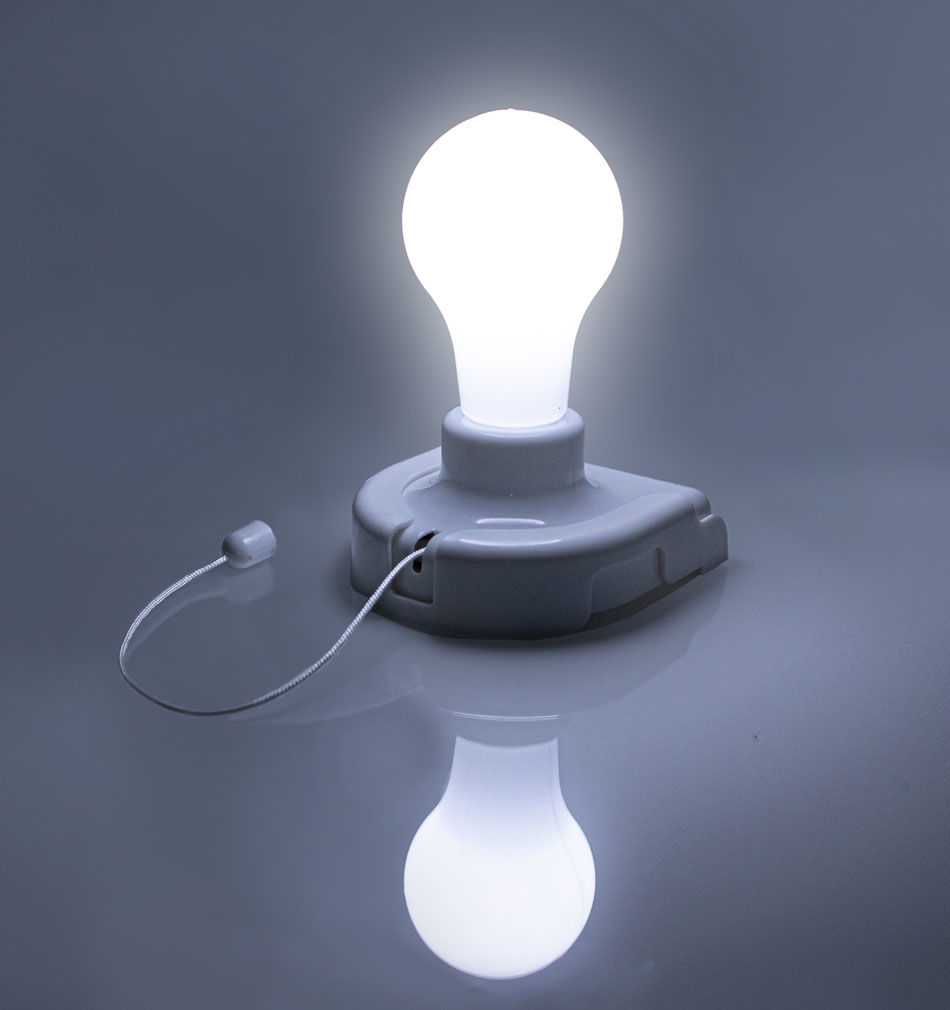

Our favorite power banks for laptops with USB-C or AC charging have much higher capacity ratings than the chargers we recommend here. Power banks with a capacity rating of more than 10,000 mAh tend to be bigger, heavier, and more expensive, so for this guide we focused primarily on lower-capacity power banks-those that store enough capacity to give your phone a boost of power or to fully charge it several times without weighing you down. For reference, an iPhone 13 battery has a capacity of a little more than 12 watt-hours (about 3,300 milliampere hours), and a 16-inch MacBook Pro battery has a capacity of 100 watt-hours (about 28,000 mAh).

Capacity rating of 1,000 to 10,000 mAh: The capacity rating listed on the power bank tells you roughly how much power it can hold.We preferred to test power banks weighing 8 ounces or less, since we don’t think most people want to carry something in their pocket or purse that weighs much more than a smartphone (for reference, an iPhone 13 weighs 6.1 ounces and a Pixel 5a weighs 6.5 ounces). No heavier than half a pound: Power banks should be small and lightweight, making them easy to tote around in a wallet, pocket, or bag for an entire day.Anything less powerful would be painfully slow. Likewise, for models with USB-A output or Micro-USB input, we looked for those rated for 8 watts or more.
#Batteries bulbs full
That’s the minimum wattage needed for full USB-C charging and recharging speeds (though devices that support the even faster USB-C standard- USB Power Delivery, or USB PD-need at least 18 watts). Powerful charging and recharging: For models with USB-C output or input, we preferred those rated for at least 15 watts.


 0 kommentar(er)
0 kommentar(er)
